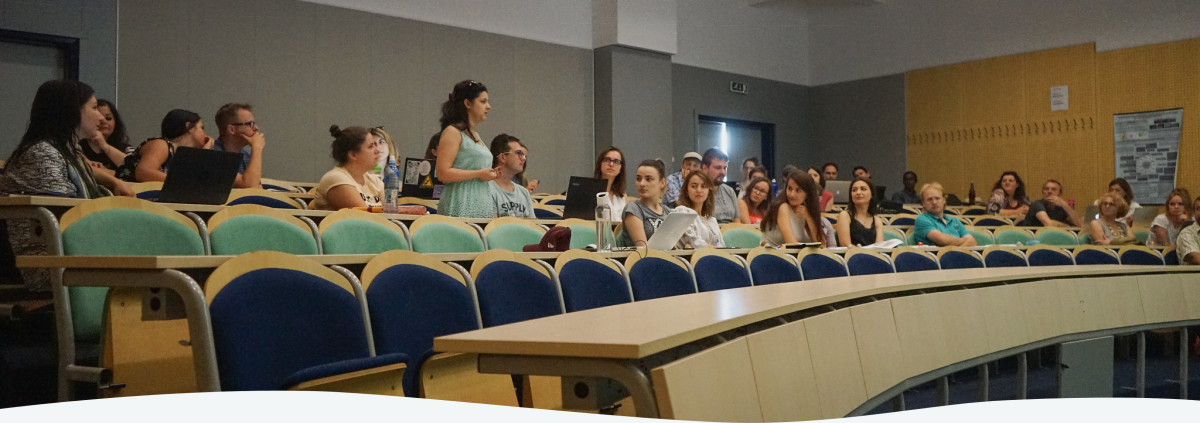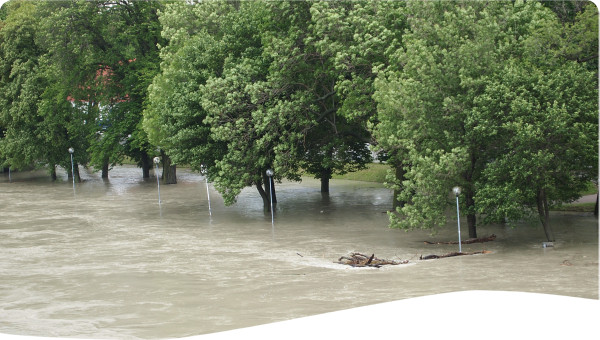Issues of water scarcity are becoming increasingly relevant to businesses activities, manifested as increased costs or difficulties to obtain water as users compete for rights. To understand water dependencies in time and space, many companies apply the measure of water footprint, estimating water use throughout the value chain. Using this measure can give important insights into variation between countries in terms of how much of the water relates to production.
For many businesses that depend heavily on water, issues of water scarcity are becoming increasingly relevant to their activities. The risks of water scarcity are manifested in terms of increased costs or difficulties to obtain water as users compete for rights; and issues around water quality in areas that are subject to physical change.
The Water Futures Partnership (WWF, SABMiller and GTZ) aims to promote private sector water stewardship which goes beyond simple water efficiency measures to address risks throughout the value chain and further promote better water resource management at the river basin scale. The Water Future Partnership since its inception has focused on water footprint in countries where SABMiller’s has production units for instance South Africa, Tanzania, Ukraine and Peru.
As one of the world’s largest brewers, SABMiller, a significant water user, has brewing interests and distribution agreements across six continents.
Water is an important component of SABMiller’s business which touches almost every part of the value chain, albeit with varying degrees of intensity. The business has set a demanding target to reduce water use per litre of beer by 25% between 2008 and 2015.
In this regard, water footprint looks at each element of SABMiller’s value chain, from crop production to product distribution. This is to help understand the water dependencies and vulnerabilities and identify the key water risks for the business, surrounding communities and the environment.
Water Futures Partnership has done assessment of water risks throughout SABMiller’s value chain to find ways to mitigate the risks. The partnership is using water footprint to identify the significant water issues in those countries where their operations are located.
In each of the four countries, detailed water assessment of water footprints have been undertaken to provide an in-depth understanding of the risks faced. The SABMiller applies a watershed mapping tool to evaluate the long-term water availability for each of its operations. This data is then used to assess the risks associated with specific operations to focus on the areas of greatest need and develop local tailored strategies at local river basins.
Priority has especially been given to building business cases for SABMiller subsidiaries which consider investments in better water management within those basins identified.
SABMiller’s approach to manage its water footprint includes a target to improve its own water efficiency as well as to protect the watersheds on which the business, farmers and local communities are dependent upon.
It has developed a water strategy based on 5Rs (Reduce, Reuse, Recycle, Restore, and Redistribute). This is a comprehensive risk-based approach to manage water in its business and in the value chain. SABMiller’s employs agricultural extension workers who engage with farmers on issues such as water efficiency and yield management.
In addition, SABMiller’s influences farmers on water efficiency use especially techniques of rainwater harvesting and ground water recharge.
Whilst SABMiller has continued to devote significant management time and resources to improve the water efficiency of the breweries and bottling plants it operates, which it has done with some success in the four countries, the Water Futures partnership has facilitated a wider discussion with local stakeholders to look beyond the boundaries of its own operations. The workshops have been held with NGOs, government representatives, local businesses, and other stakeholders to begin developing detailed watershed protection programmes based on the assessment of the risks identified though this work. It is the translation of this theory into practice that will make a change in those communities that really need it.
In all cases, the vast majority of water use relates to the cultivation of crops (over 90% in all cases) however, there is considerable variation between countries in terms of how much of the water relates to crops production.
Tanzania's supply chain comprises large numbers of small scale farmers who require a much greater degree of support than larger-scale commercial producers. Then, attempts to reduce the size of the water footprint are better aimed to focus on influencing suppliers.
Sourcing raw materials locally can help to reduce costs through lower import duties and having a shorter distribution chain whilst contributing to the incomes of these smallholders and their communities to help alleviate poverty and encourage agricultural development.
There is considerable variation of water footprint between countries i.e. the amount of litres of water required to produce 1 litre of beer, which clearly illustrates the impact of local factors at play on water consumed within SABMiller’s value chain.
 Case studies
Case studies


